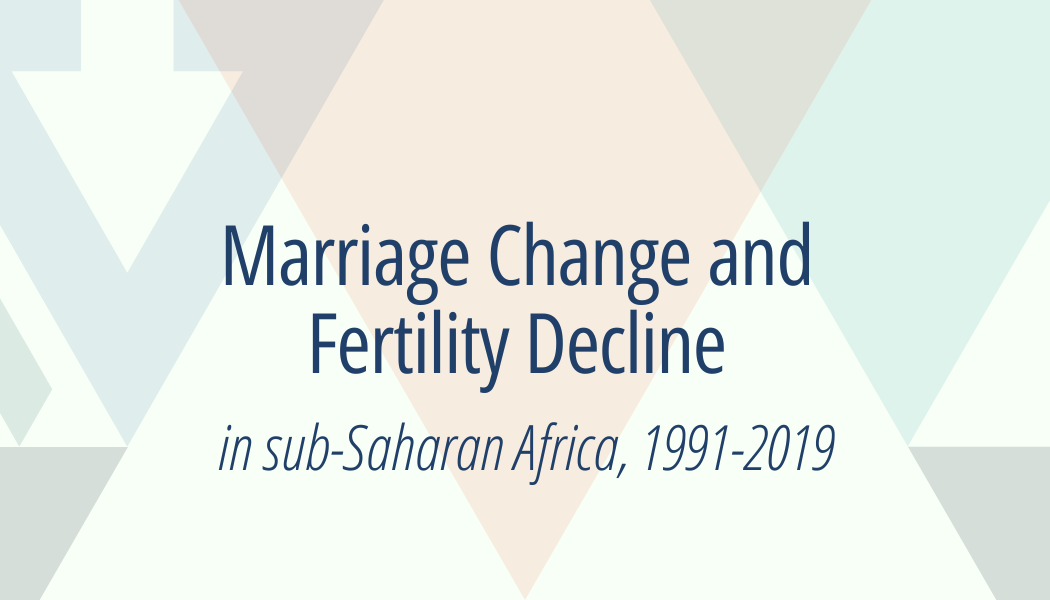
Commons Link
Marriage Change and Fertility Decline in sub-Saharan Africa, 1991-2019
Working Paper Number
2022-91
Publication Year
2022
Paper Abstract
The institutions of marriage and the family have undergone profound changes over recent decades in sub-Saharan Africa, following differentiated paths across and within countries. These changes, however, have not been systematically related to variation in fertility and its decline over time. We use Demographic and Health Survey data from 29 countries in sub-Saharan Africa to examine how nuptiality patterns have changed over the period 1991-2019, and how these changes are associated with changes in the total fertility rate and ideal family size. Using multi-level linear models, we find that our four marriage indicators are all significantly associated with the total fertility rate, but only the associations with polygyny and remarriage are robust to the inclusion of sub-national region fixed effects. Our results suggest that declines in the prevalence of remarriage and polygyny together may account for 17 percent of total fertility decline in the average sub-national region over the period of study. In addition to these results, we find a significant positive association between the prevalence of polygyny and ideal family size, but no association between ideal family size and divorce, remarriage, or the age at first marriage after including fixed effects.